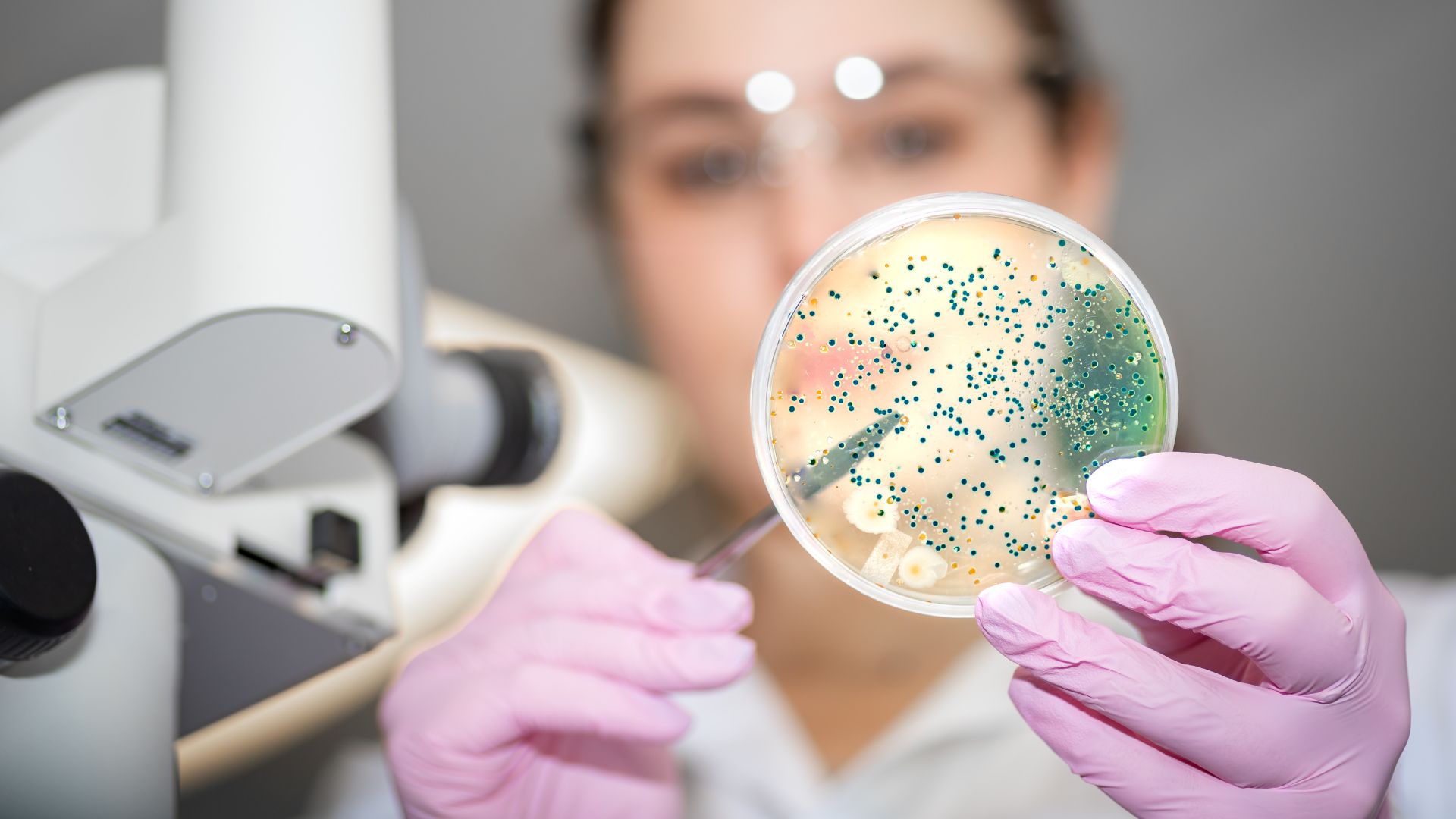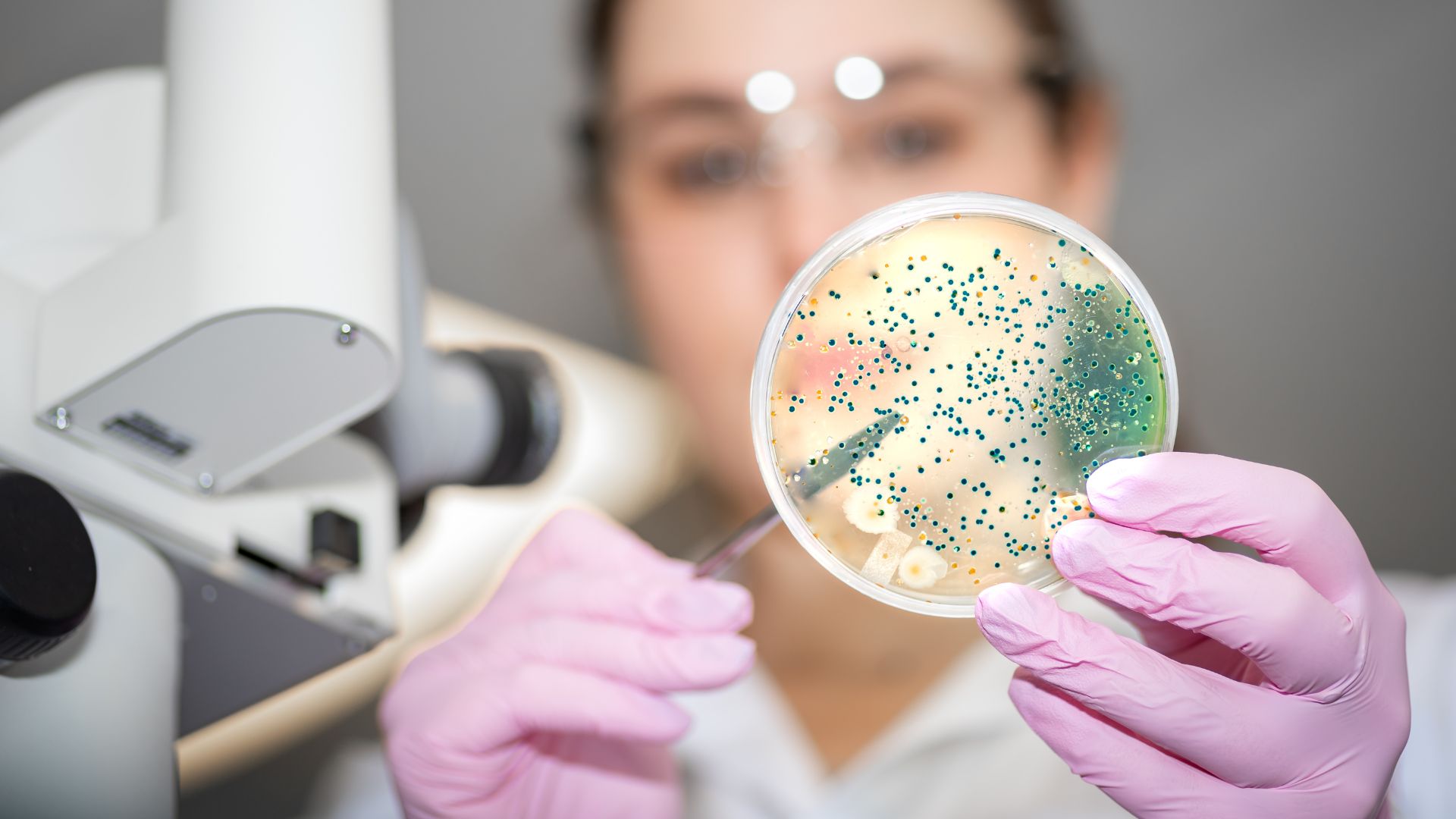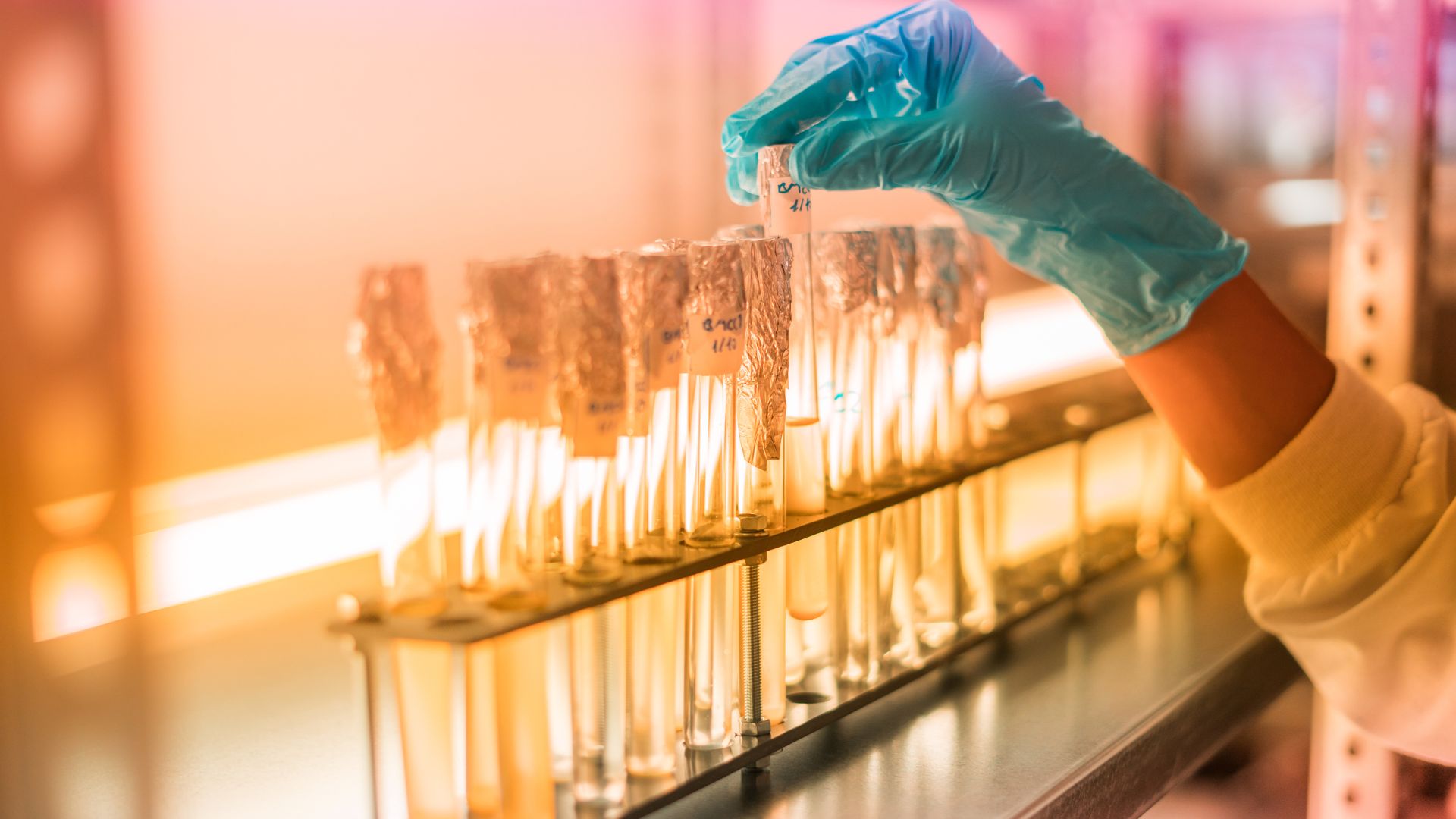Bringing Biotechnology to the Classroom: Engaging Students with Simple Experiments

Biotechnology is no longer confined to high-tech laboratories and research institutions—it’s making its way into classrooms, inspiring the next generation of scientists and innovators. By introducing hands-on experiments, educators can help students understand complex biological concepts in an engaging and accessible way. Simple biotechnology experiments can spark curiosity, foster critical thinking, and encourage problem-solving skills, making science education more interactive and meaningful. Whether through DNA extraction, microbial cultures, or bio-based material experiments, students can explore the fascinating world of biotechnology firsthand.

One of the simplest yet most effective biotechnology experiments is DNA extraction, which allows students to see genetic material with the naked eye. Using household
items like dish soap, salt, and rubbing alcohol, students can extract DNA from fruits such as strawberries or bananas. This experiment introduces fundamental concepts like genetics, molecular biology, and the structure of DNA in a tangible way. It also opens the door to discussions on genetic engineering, bioethics, and the real-world applications of DNA technology in agriculture, forensic science, and environmental conservation.

Another engaging activity involves exploring the role of microbes in biotechnology by growing bacteria on agar plates. Students can swab various surfaces—like their hands, doorknobs, or classroom tables—to observe microbial growth over time. This experiment demonstrates the importance of microbes in ecosystems, health, and industrial applications such as fermentation and bioremediation. Additionally, educators can introduce safe strains of yeast to illustrate how biotechnology is used in baking, brewing, and biofuel production. These experiments help students grasp the practical applications of microorganisms in everyday life.

For a more sustainability-focused experiment, students can create biodegradable plastics using cornstarch, vinegar, and glycerin. This activity highlights how biotechnology is being used to develop alternatives to traditional plastics, addressing environmental concerns like pollution and waste management. It also provides an opportunity to discuss bio-based materials and their role in reducing dependence on fossil fuels. By integrating these hands-on experiences into the classroom, educators can inspire students to explore the possibilities of biotechnology while reinforcing scientific principles in an interactive and memorable way.

